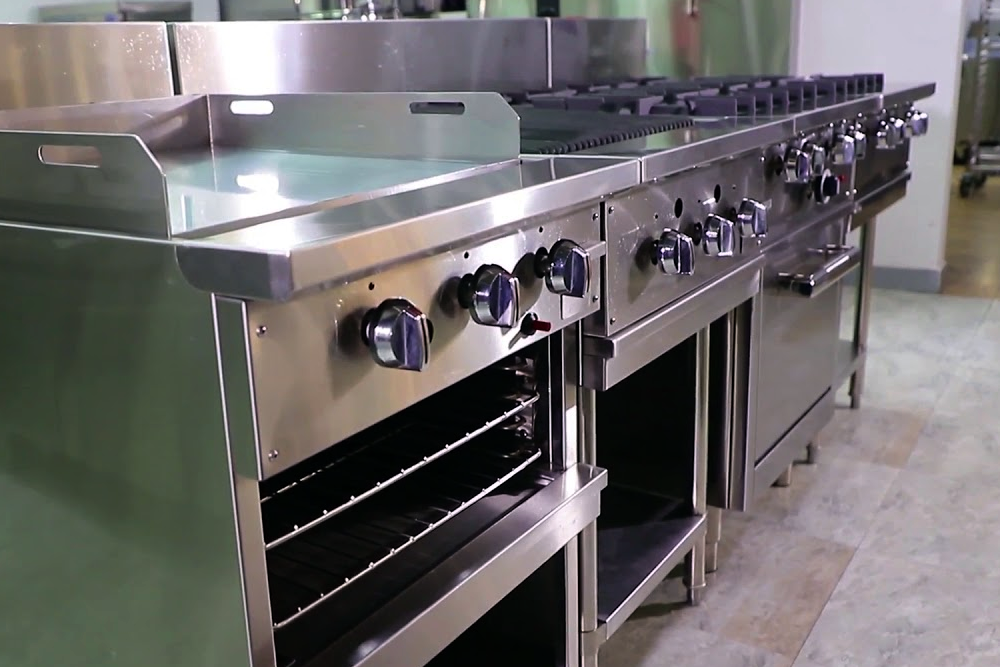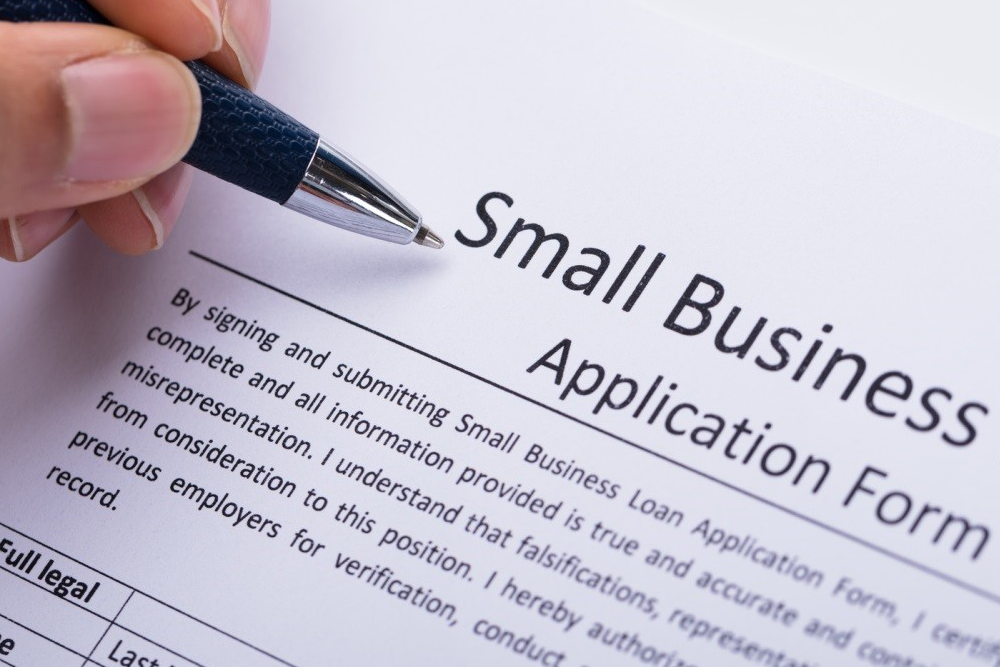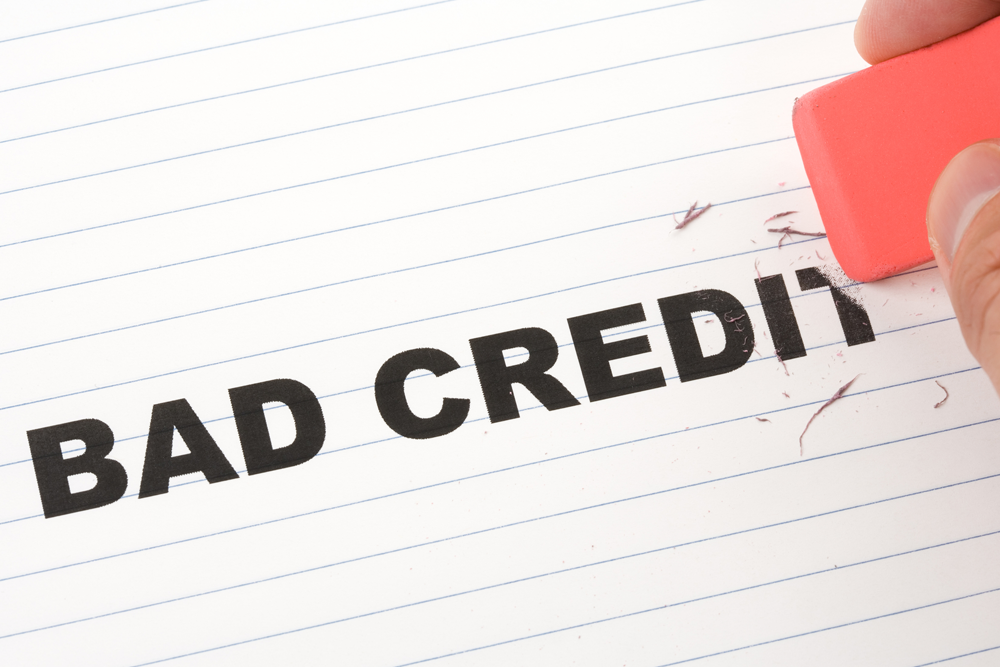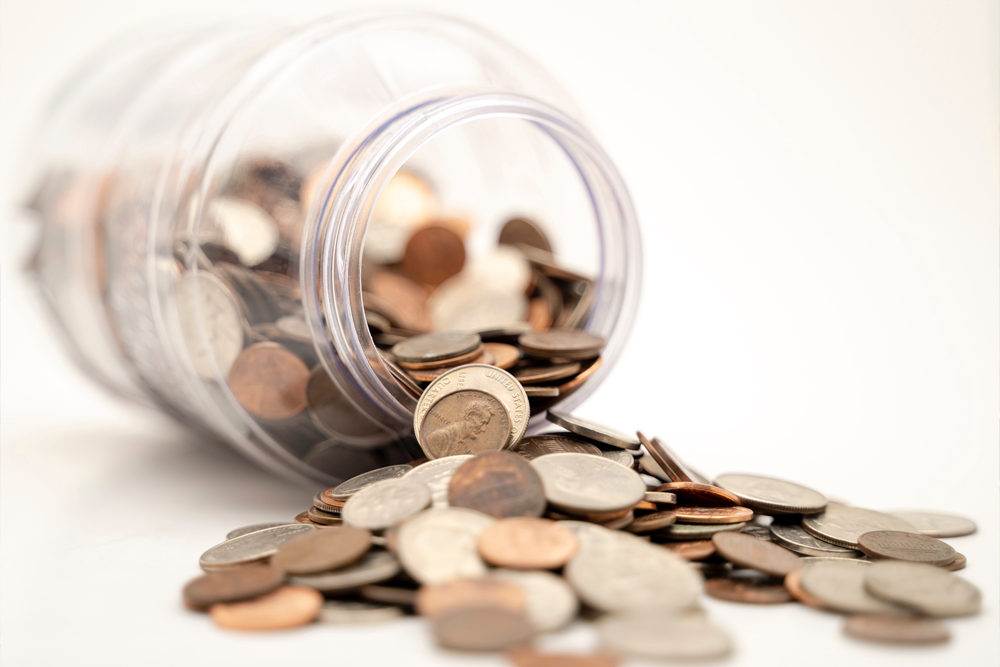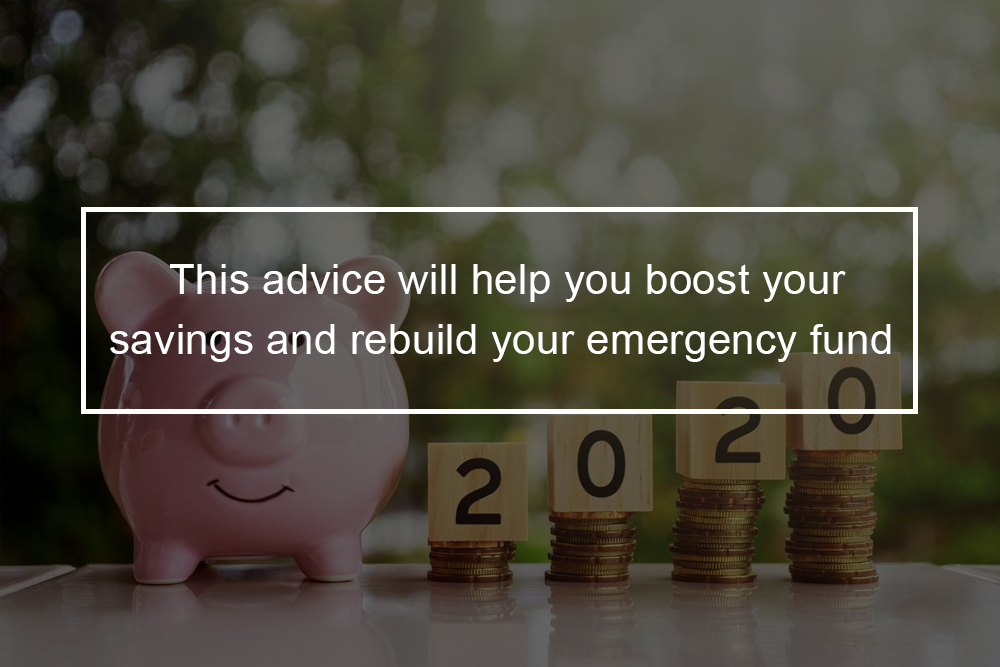
How to increase savings for short-term goals?
Get your savings to account, ready to meet your short-term goals
Do the pantry challenge
Develop a list of all the food you have. Rather than letting cheese get moldy or canned goods to get dust, note down what meals you can make with the ingredients you have.
Now, cancel your next grocery trip and see how long you can stretch your home. That is the premise of the pantry challenge. Put the money you would have spent on more groceries into the bank.
Take inventory of your drawers and closets
It is simple to forget a pair of shoes in the back of the closet, or even jeans tucked away in a drawer. Taking stock of the clothes you have will make you less inclined to purchase something new. Again what you do not spend can go to savings. If you come across something, you know you will never wear or use it again (and it is still in good shape, then sell it online for another financial boost to your account.
Set an emergency fund goal
The first thing to do when working on increasing your savings is to set a goal. If you try to set a general goal to save more, you will possibly fall short. Setting attainable and realistic financial goals makes the saving process much more likely to succeed. The amount of money you should save depends on your recurring expenses and the possibility of running into a costly emergency.
Typically, you should save at least three to six months of expenses in a cash emergency fund. Layoffs and job losses happen, and so do injuries, car accidents and illness, and home repairs. Begin by saving enough for your insurance deductibles and grow your emergency fund till you hit the three to six-month target if you are self-employed increase the savings goals to at least six to one year of expenses.
Practice no-spend a month
No spending challenges can be extreme, particularly if you are going for thirty days without buying anything apart from essentials. However, it is a great way to increase your savings significantly.
One beneficial fact about doing this challenge in the spring is that the weather should be favorable to enjoy outdoor activities that do not cost money, such as hiking or picnicking. Do these ideas of home date nights and fun to do at home with kids, which will serve as an inspiration during your spending freeze.
Pay yourself first
The secret to boosting your savings, whether it is earmarked for your emergency fund or another saving account, is to pay yourself first. First, put the cash into a designated savings account before paying anything else. Instead of trying to save money that remains at the end of the month, put it away first- before it gets consumed by other expenses or you are tempted to spend it.
Tips for paying yourself first
- Make it a habit. Save any amount you can; it really does not matter how much. The important thing is committing so that monthly savings becomes a habit. This single act will assist you to boost your savings.
- Budget: Make savings be a part of your spending strategy. Make it a priority above any other expense.
- Make saving automatic: Use your online banking resources to set up an auto-deposit from checking into your savings account. Often you can set the date of the automatic transfer for the paycheck day or a few days after it is deposited into your primary account.
- Increase your income: Look for a side gig, ask for a raise or work over-time. Also, put any tax refund or bonus you get into savings instead of spending it.
- Find good benefits: When you are looking for a new job, give preference to employers who offer good benefits, like health insurance, transportation reimbursement, retirement savings plans, and life insurance. The less money you have to pay for these, the more you will be able to save for your goals.
5 Smart moves to boost your long-term savings
Tips to help you reach your future goals
Revisit your plans
Long-term financial goals can be overwhelming to manage. You have to be consistent and stay focused when you are saving up for something that is a year or more away. If you have been neglecting your sinking funds- which is just a personal finance wording for the pool of money you have been adding to- it is time to get back on track.
Revisit your plans and goals. Understand if you need to increase your monthly saving and identify possible cuts you can make to your spending to achieve your goal. Check if you can adjust the deadline for your purpose of the total amount of money you expect to save. If you have been dipping into your savings for purchases unrelated to your objectives, consider opening multiple savings accounts, and dedicating each account to one particular goal.
Assess your emergency fund
How are you preparing for financial storms that can hit your life unexpectedly? Saving for an emergency can be both short-term and long term, depending on various factors. You do not have to start big. A recent economic report recommends about $2,500 for a low-income household. Figure out what you can comfortably contribute monthly to get there, and later work your way to six months or one-year reserves. Like your sinking funds, ensure your emergency funds are in an account you are not tempted to touch.
If you have a true emergency like a medical bill or car repair, tap into your fund. Otherwise, just let your long term emergency fund grow. Studies have proved that even $500 in savings accounts makes a significant difference in financial well-being.
Ensure your interest rates are in your best interest
Some savings are better than others. The average savings account rate is less than one percent, and high-yield savings accounts might offer interest rates over two percent.
That might feel like a lot; however, you will realize the difference if you can sit on your savings for an extended period. A money market account is another good alternative for saving if you want to easily access your cash without the penalty charges you would incur withdrawing money from, say your 401(k), or certificate of deposit. Interest rates for money market accounts are frequently similar to high-yield savings accounts.
Increase your retirement contributions
Even though retirement is decades away, saving more money for it can have a significant impact- thank the effect of compound interest.
If you have received a salary increase or promotion within the last year, increasing your retirement contributions (instead of giving into lifestyle inflation) is a smart money move. Even though your wages have not changed, try to add a comparatively small amount toward retirement. An extra fifty bucks per month can have a nice positive impact given many years to grow.
Split your direct deposit
If employed by a large employer and get paid through direct deposit, you might have an alternative to split your direct deposit into multiple deposits. Take advantage of this to automatically maximize your Roth IRA contributions yearly and other automatic savings and investments. If you are uncertain about this, reach out to your employer’s HR department or your manager to learn more.
To attain the maximum $5,500 annually allowed in a Roth IRA or IRA account, you will need to save about $211 daily per period when paid every other week. However, you do not only have to use this method to save in an IRA. You can use this strategy to fund nearly any savings or investment account.
Your finances are too essential to ignore, and savings are a backbone to financial stability. Ensure your saving is automatic, so you never forget, and you will be back on track for financial stability for years to come.


